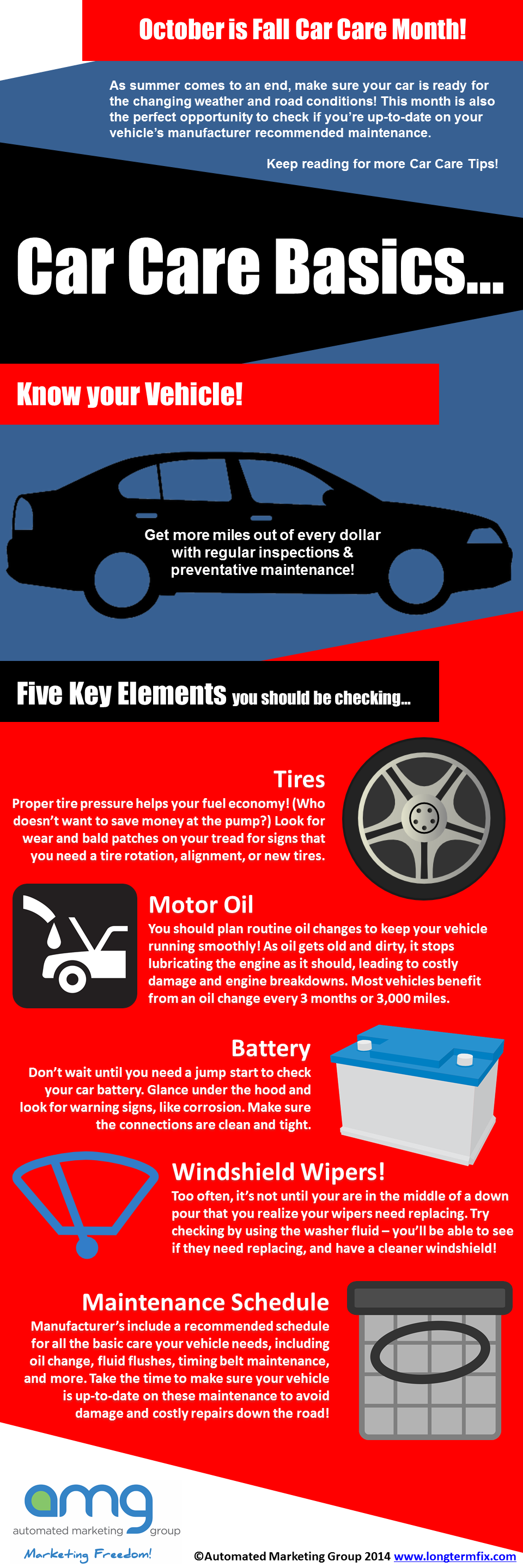Understanding The Meaning Behind Your Automobile'S Warning Lighting: An In-Depth Appearance
Understanding The Meaning Behind Your Automobile'S Warning Lighting: An In-Depth Appearance
Blog Article
Written By-Lauritsen Dalgaard
When you're behind the wheel, those glowing warning lights on your control panel can be a bit perplexing. Do you understand what they're attempting to tell you concerning your cars and truck's health and wellness? Comprehending advanced detailing of these lights is crucial for your safety and security and the long life of your automobile. So, car restoration following time one of those lights turns up, wouldn't you intend to understand its message accurately and take the needed steps to resolve it?
Common Caution Lights and Interpretations
Identify common warning lights in your vehicle and comprehend their meanings to ensure secure driving.
pop over here consist of the check engine light, which signifies issues with the engine or emissions system. If this light begins, it's crucial to have your automobile checked quickly.
The oil stress warning light indicates reduced oil pressure, needing prompt focus to avoid engine damages.
A flashing battery light could suggest a faulty charging system, possibly leaving you stranded if not resolved.
The tire pressure surveillance system (TPMS) light signals you to reduced tire pressure, affecting vehicle security and gas efficiency. Disregarding this can cause risky driving problems.
The abdominal muscle light shows a problem with the anti-lock braking system, jeopardizing your ability to stop swiftly in emergency situations.
Lastly, the coolant temperature cautioning light warns of engine overheating, which can lead to serious damages otherwise dealt with quickly.
Comprehending these common warning lights will aid you attend to problems quickly and preserve risk-free driving conditions.
Importance of Prompt Focus
Understanding the usual caution lights in your car is just the primary step; the relevance of promptly attending to these warnings can not be emphasized sufficient to guarantee your safety and security when traveling.
When a caution light illuminates on your dashboard, it's your auto's way of interacting a prospective issue that needs attention. Overlooking these cautions can cause much more severe issues later on, endangering your security and potentially costing you much more out of commission.
Motivate interest to advising lights can prevent breakdowns and mishaps. As an example, a blinking check engine light could show a misfire that, if left neglected, might trigger damages to the catalytic converter. Resolving this promptly can save you from an expensive fixing.
Similarly, a brake system advising light may signal reduced brake fluid or worn brake pads, crucial components for your security when driving.
Do It Yourself Troubleshooting Tips
If you see a caution light on your dashboard, there are a few do it yourself troubleshooting pointers you can try prior to looking for professional aid.
The very first step is to consult your car's guidebook to comprehend what the specific caution light indicates. Often the issue can be as straightforward as a loose gas cap causing the check engine light. Tightening the gas cap might solve the problem.
An additional common problem is a reduced battery, which can activate numerous cautioning lights. Checking the battery connections for rust and guaranteeing they're safe could take care of the issue.
If a warning light lingers, you can attempt resetting it by disconnecting the vehicle's battery for a couple of mins and after that reconnecting it. Furthermore, examining your vehicle's fluid degrees, such as oil, coolant, and brake liquid, can assist troubleshoot cautioning lights related to these systems.
Conclusion
In conclusion, recognizing your cars and truck's caution lights is necessary for keeping your automobile running efficiently and safely. By quickly dealing with these notifies and knowing what they mean, you can prevent costly repair work and prospective failures.
Remember to consult your cars and truck's guidebook for specific details on each warning light and take action appropriately to guarantee a trouble-free driving experience.
Keep notified, remain secure when traveling!
